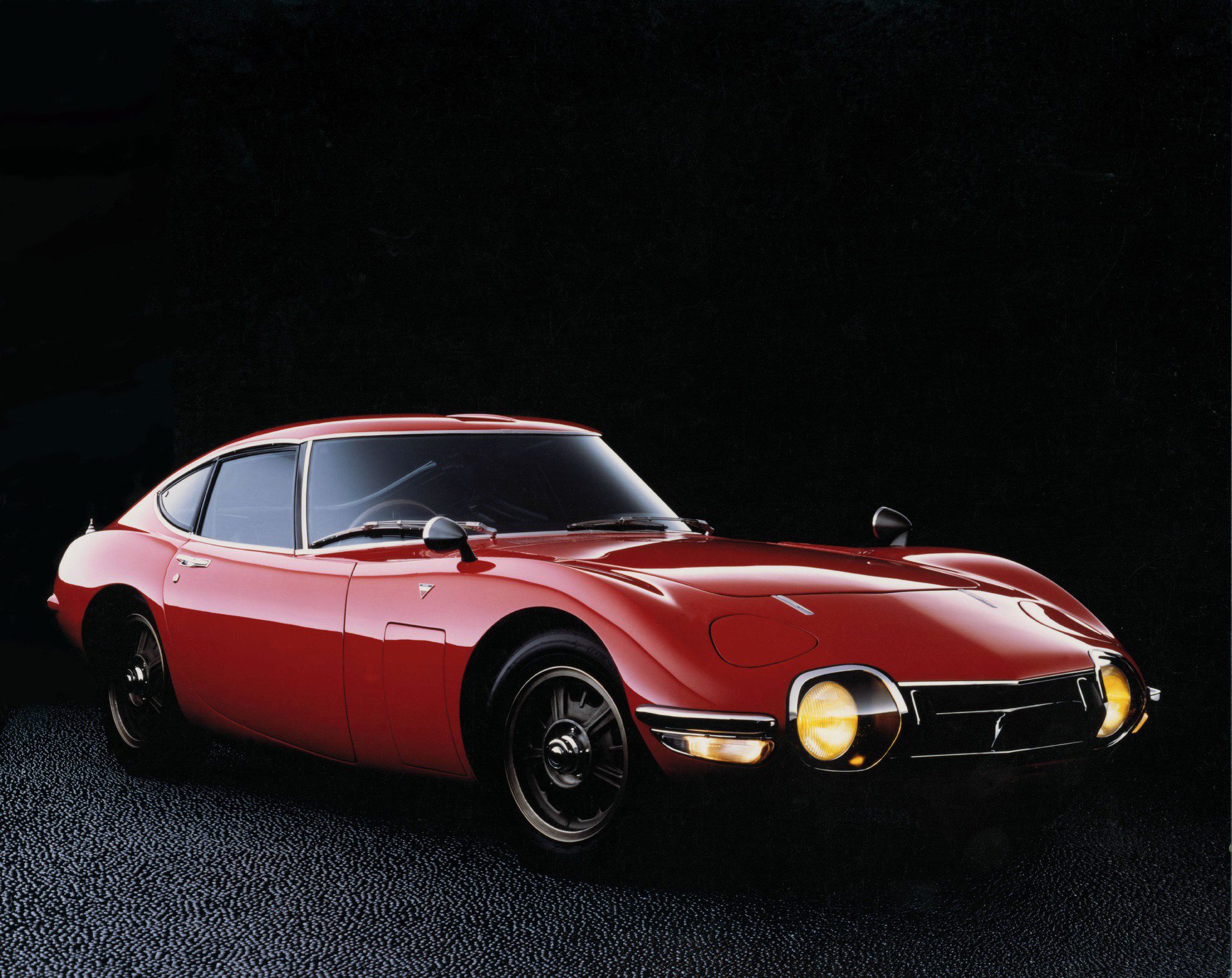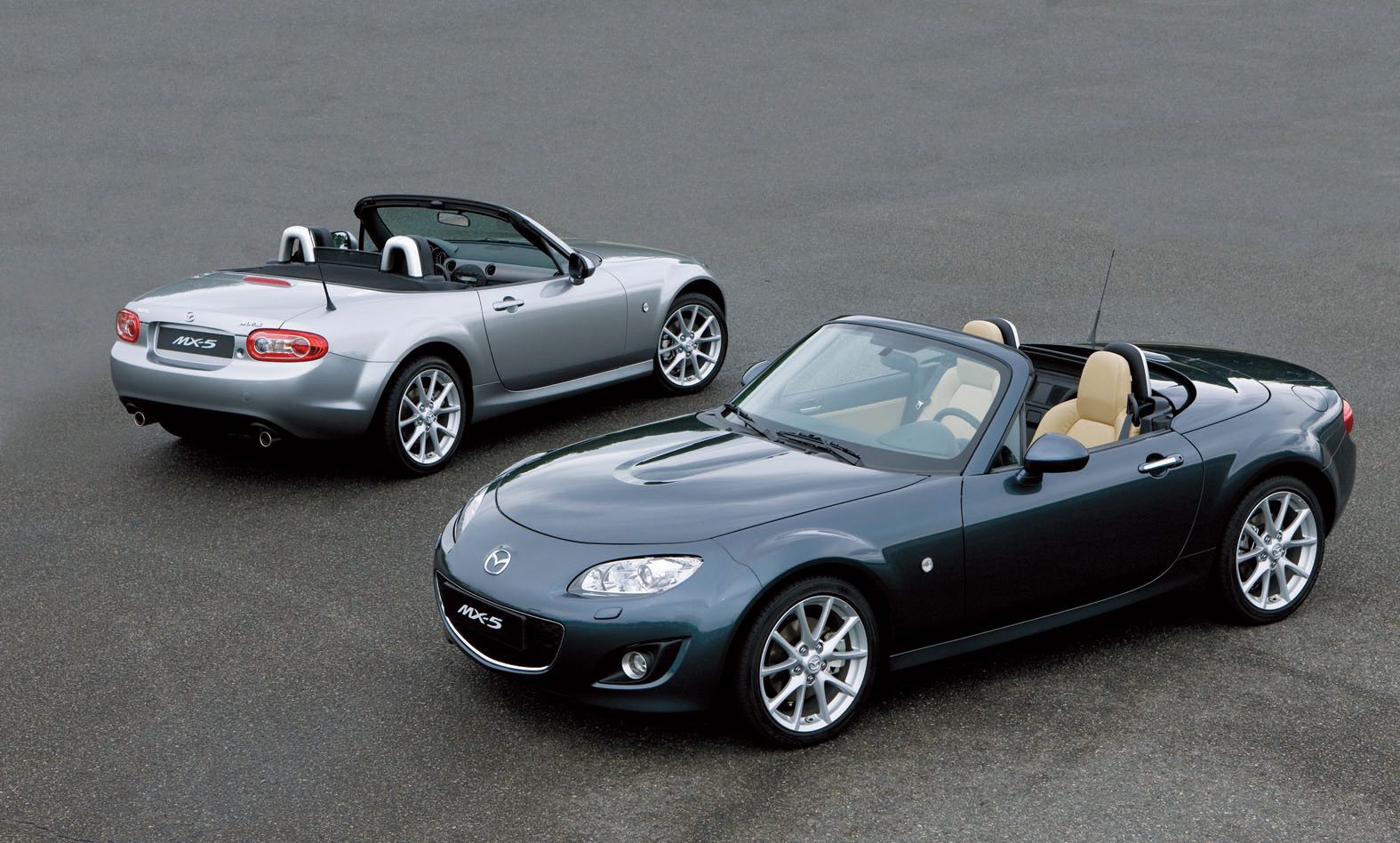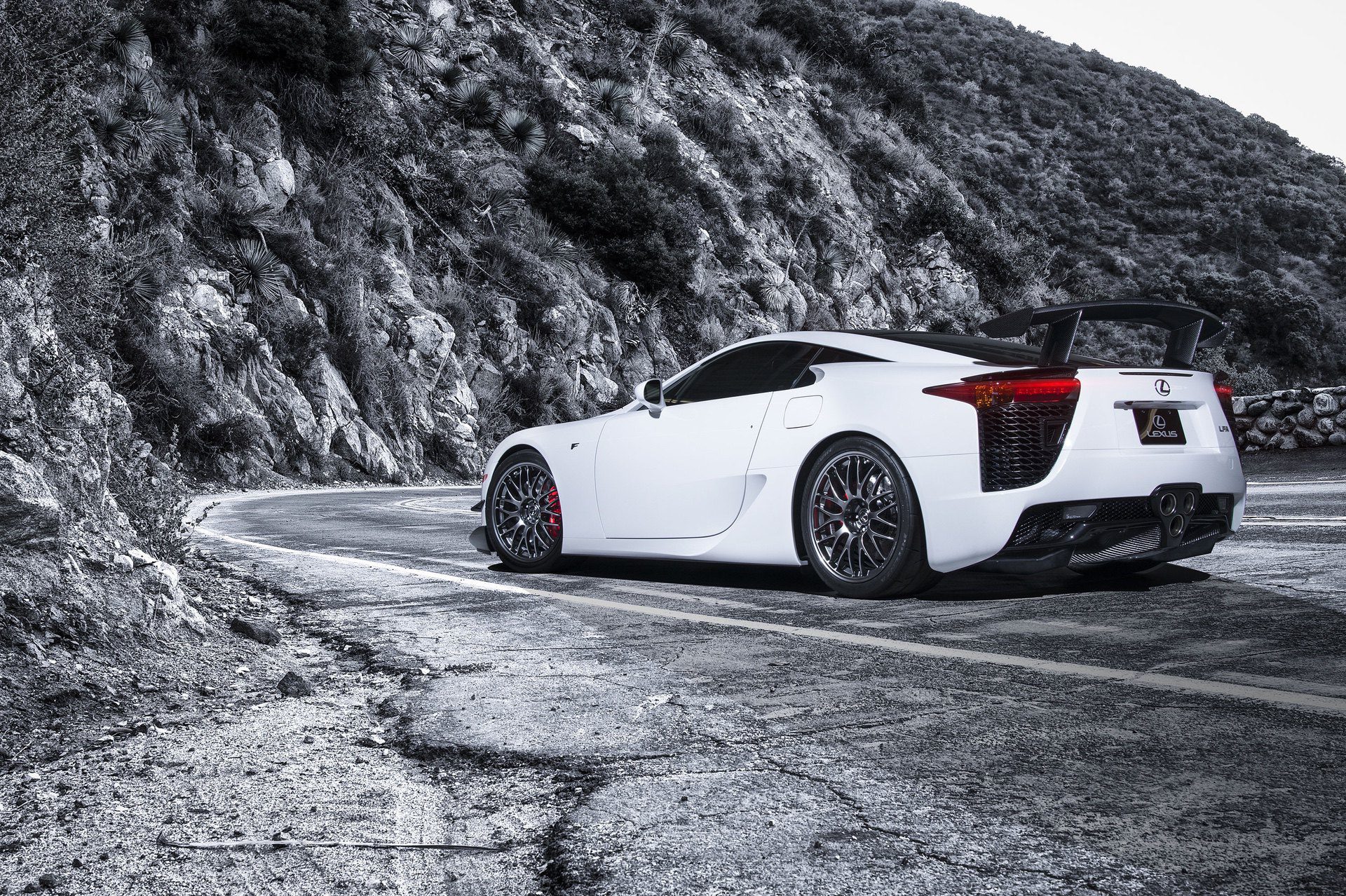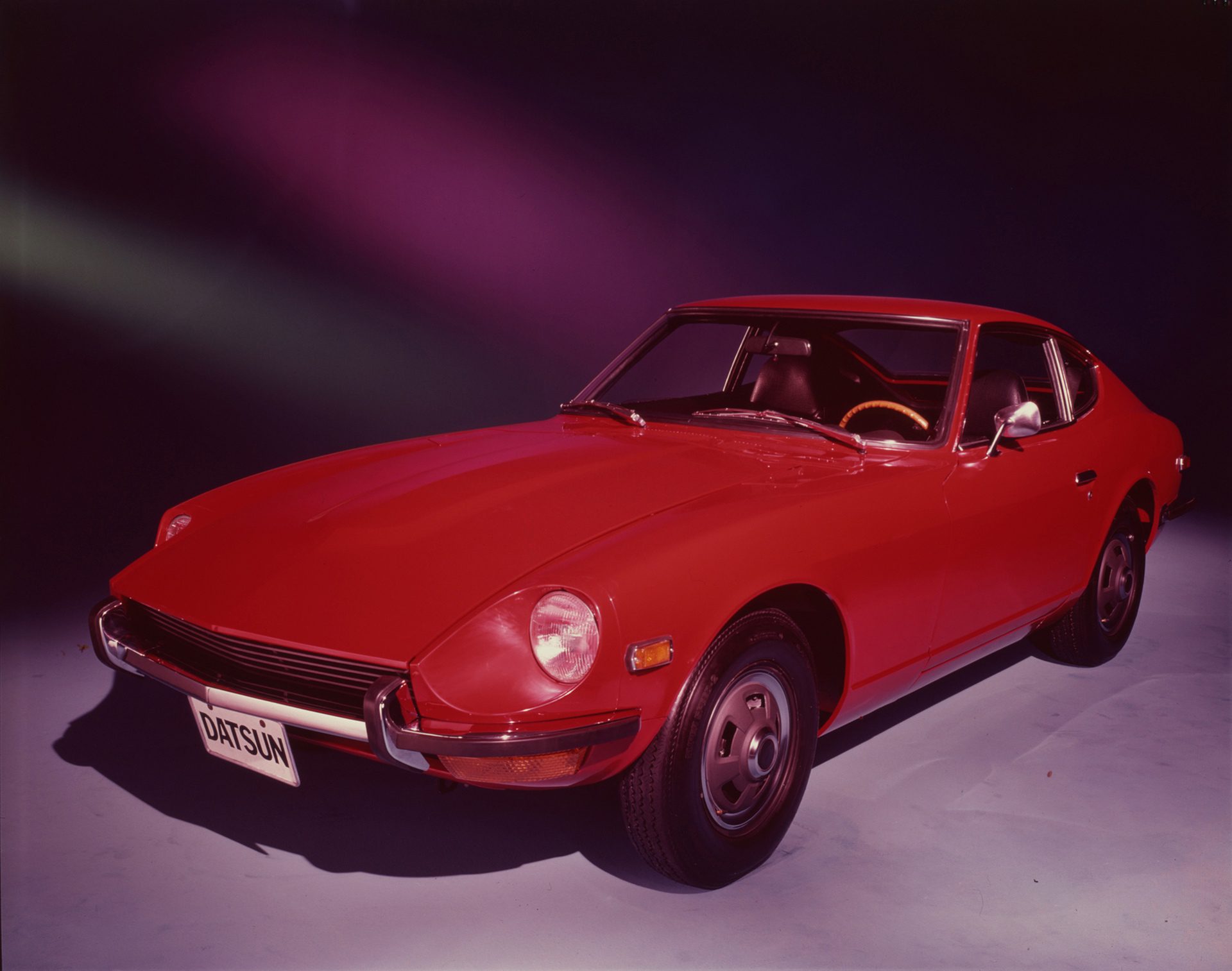Today a global leader, Japan was a late bloomer when it came to the automotive industry. Still, thanks to its global expansion during the 1970s, Japanese cars were quick to catch up and outdo the competition in various segments, sports cars included.
In the last few decades, every major Japanese brand left its mark in the sports car market by delivering cars that not only handled like a dream and sounded stunning but were also reliable, highly tunable, and affordable to a younger demographic. Needless to say, these cars also brought a different kind of beauty—clearly influenced by prevailing trends of their respective eras, but all with their own idiosyncrasies.
These ten Japanese sports cars are not all-time greats only for their not performance and clever engineering but for the shockwaves they made through the industry, shaping manufacturers, the culture and the whole automotive world.
#1: Toyota 2000GT

In the 1960s, the prospect of a high-performance Japanese automobile seemed distant, at least until Toyota made a pioneering move in the segment in 1967, creating the 2000GT. In its basic proportions, this alluring fastback echoed European styling, yet it was still unlike any other car on the planet. It was the birth of the Japanese sports car.
Being produced in just 351 copies, it was a scarce car and hardly a sales success as it wasn’t offered outside of Japan, but thanks to some movie magic, the 2000GT gave Toyota much needed global exposure. Tailor-made into a convertible for Sean Connery’s lean frame, the first Japanese sports car famously starred in the 1967 Bond movie You Only Live Twice.
Adding to the legend, this car also had a stellar racing career in Japan, competing in SCCA, where three cars were prepared by none other than Carroll Shelby. Today, Toyota 2000GT is the most valuable Japanese classic car and one of the most influential ones as well.
#2: Datsun 240Z

Initially known as a Fairlady Z, the Datsun 240Z was an instrumental car in shifting the global attitude towards Japanese sports cars. It was introduced to the North American market just before the oil crisis hit and it stayed there as the homegrown performance movement crumbled over financial, ecological and safety concerns. With a 2.4-liter inline-six placed in a graceful and compact body, the 240Z soon became a worthy alternative to both American and European sports cars.
Little by little, it started captivating the press and the public, becoming one of the greatest sports cars of the decade and also giving birth to the Datsun Z Series. In fact, the upcoming Nissan 400Z is a tribute to the primordial Z car rather than being a visual evolution of its predecessor, the 370Z.
This sports car’s importance transcends just the Nissan brand, as it almost single handedly awakened hunger for Japanese sports cars in North America, which gradually became the biggest export market for performance cars coming from other manufacturers as well.
#3: Mazda RX-7 FD

Rotary-powered Mazdas have been around since the 1960s, but not all of them ended up etched in the collective unconscious like the FD generation Mazda RX-7. In production from 1992 to 2002, this RX-7 was by far the most advanced roadgoing sports car Mazda created and arguably the most beautiful too.
The secret to RX-7 FD’s success was a 13B-REW, a sequential twin-turbocharged twin-rotor engine, an advanced setup producing up to 276 horsepower in stock form and revving up to 8,000 RPM. The striking design was just a bonus, instantly making the FD into a crowd favorite.
With Japan and Australia still being Mazda’s primary markets, the States and Europe missed out on more focused and sporty models, which in turn opened the doors to a vast aftermarket movement, launching the FD into stardom.
Twenty years after the last cars rolled off the production line, the RX-7 FD enjoys an international cult following—and rightfully so, as it’s the most memorable rotary sports car ever created.
#4: Subaru Impreza WRX STi

The thing with top 10 lists is that some brilliant cars just have to go—so for our love of boxer engines, the battle between the Mitsubishi Lancer EVO and the Subaru Impreza WRX STi will be in favor of the latter. Another point in favor of the WRX STi is that it’s still there on the market, unlike its arch rival in the rally-bred supersedan department.
While the Lancer EVO was a more advanced car in terms of engineering, the WRX STi has established itself as an-all star for being the more attainable option of the two. The Subaru WRX STi proved itself in the hands of many legendary racing drivers, including Richard Burns, Juha Kankkunen, Carlos Sainz, Petter Solberg and, of course, Colin McRae.
From 1993 to 2005, various Imprezas got 3 constructors’ and three drivers’ championships and a total of 46 wins, remaining in competition until 2008 when Subaru eventually withdrew from rallying. On the streets, the WRX STi has a fanatic fanbase, keeping the blue-and-gold cult alive to this day.
#5: Acura NSX

Up until the NSX came in 1990, Japanese sports cars were generally considered inferior to the top echelon of high-performance machinery, but this V6-powered mid-engined sports car begged to differ. Developed by a team of devoted engineers and perfected by Formula 1 aces Ayrton Senna and Satoru Nakajima, the Honda NSX famously gave contemporary Ferraris a good run for the money, proving that right chassis and suspension tuning and clever engineering can beat cylinder count and big exotic names.
In a way, the NSX was the people’s supercar—although it was by no means cheap. Its long production span left Honda’s engineers space to perfect it even more, with the later NSX-R examples remaining relevant even though the basic layout was in its teens. With the interest in 1990s and Y2K classics on a meteoric rise, the NSX is unsurprisingly a hot commodity, and it’s no wonder, because it is a superlative car even today.
#6: Nissan Skyline GT-R R34

While the GT-R badge was given to flagship Nissan sports cars from the 1960s onwards, the R34 generation was the first true global icon from the Skyline series, leaving an everlasting mark in the mainstream, the underground, and everything else in between.
In the real world, it was a Le Mans contender and a street racing hero, but it was its virtual fame that also greatly contributed to its legendary status. Through the Gran Turismo and Need for Speed series, the R34 GT-R became a hero car in every American household, while the real-life Brian O’Connors took advantage of gray market imports to get their hands on the real deal too.
With its highly tunable twin-turbo straight six, all-wheel drive, and simple-yet-effective design, the R34 set a high benchmark in the golden era of neoclassical JDM movement. Its impact on 21st century pop culture only boosted its reputation, and today it is one of the most sought-after Japanese cars on the collector market.
#7: Toyota Celica

The Supra’s absence from this list is becoming increasingly apparent, and there’s a sole reason for that: the Celica. So, let us defend this somewhat controversial opinion. From the early 1970s onwards, the Celica was Toyota’s go-to sports car, and more.
In its first generation, the Celica was Toyota’s first true hit sports car aimed at the North American market. The second generation nested the Celica XX: a car that soon became the Supra, creating a legend on its own.
The third generation was all about rallying, utterly dominating the Safari Rally and Rallye Côte d’Ivoire between 1983 and 1986, and so were the next generations in Group A. Carlos Sainz, Juha Kankkunen, and Didier Auriol won a total of four driver’s titles, while Toyota itself settled for two manufacturer’s titles.
That being said, Toyota Celica stands among the most successful Japanese nameplates in motorsports, making it one of the most influential sports cars ever created.
#8: Mazda MX-5

In the ancient ages before hot hatches reigned over the streets, roadsters were go-to cars for young enthusiasts on a budget. Unfortunately, roadsters were also unreliable, prone to rust, and were losing ground to the previously-mentioned front wheel drive pocket rockets. But then, in 1989, came the Mazda Miata, a savior car for kids looking for their ticket to the roadster experience.
The Miata took the best from the British roadsters like MG B and ironed out their flaws, captivating the hearts of enthusiasts all around the globe. In addition to selling like hotcakes, the Miata excelled on the secondhand market too, becoming a perfect entry level car for enthusiasts who wanted anything from a fun weekend car to a contender in a legitimate racing series.
While there are other brilliant Japanese roadsters like the Honda’s S600, S800 and S2000, or the Toyota MR2, it was Mazda that had the greatest impact in keeping roadsters alive, making the Miata one of our all-time greats.
#9: Toyota GR Yaris

As absurd as it might sound, the penultimate car on the list is the most exciting three-cylinder sports car money can buy. Thanks to pure genius engineering that went behind it, the Toyota GR Yaris shows us that downsizing can bring tons of fun when properly executed. This WRC homologation special is a hot hatchback like no other, packing a 256-horsepower turbocharged inline-three in a subcompact body, but that’s only a tip of the iceberg.
Digging deeper, the GR Yaris is more than just a hot hatch. From afar, it does look like its namesake commuter, but it’s anything but. Its chassis is a chimera of a Yaris and a Corolla, and it sports carbon fiber roof and aluminum body panels to both shed weight and bring its center of gravity closer to the ground.
The 4-wheel drive itself lets you distribute torque either 60:40, 30:70, or 50:50, and there’s only a 6-speed manual. Gazoo Racing set a high benchmark for the competition by creating the best compact sports car we’ve seen in years and words can’t do it justice—so if you have any chance to experience it, make sure that you do!
#10: Lexus LFA

A very distant relative and a spiritual successor to the first car on the list, the Lexus LFA was a 21st century rendition of a highly exclusive front-engined Toyota sports car. The V10-powered supercar stands among the greatest modern supercars despite the fact that it was a slow seller with some examples remaining unsold way beyond the car’s production span.
Without any doubt, the LFA is an absolute pinnacle of modern day Japanese performance: a sophisticated and over-engineered machine. It’s high-tech in every aspect, from its bespoke CFRP tub and ultra-lightweight, eco-friendly 9,000 RPM Yamaha V10 all the way to its tunable exhaust symphony.
In recent years, the collector market has responded to the LFA accordingly, bringing it the recognition it deserved from the very beginning. Without any doubt, the Lexus LFA is one of the greatest cars of this century, and the future will show just how important it was for shaping the modern automotive world.










